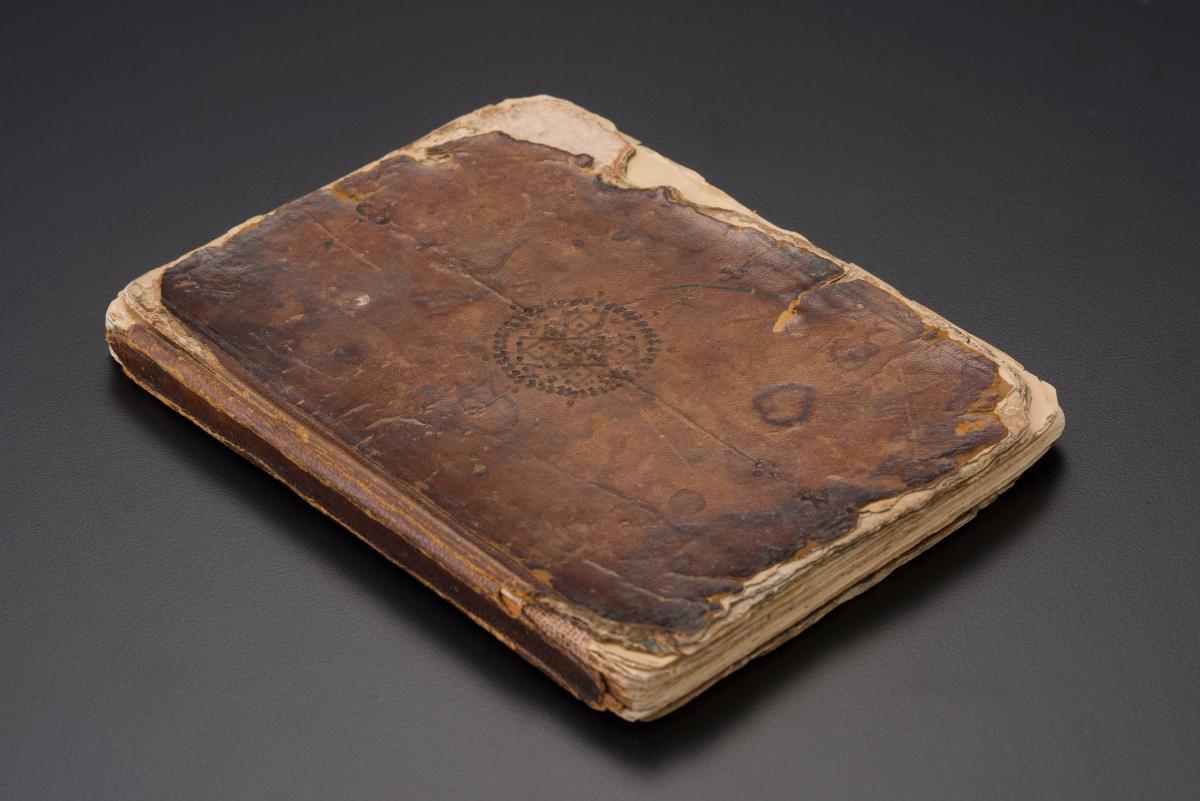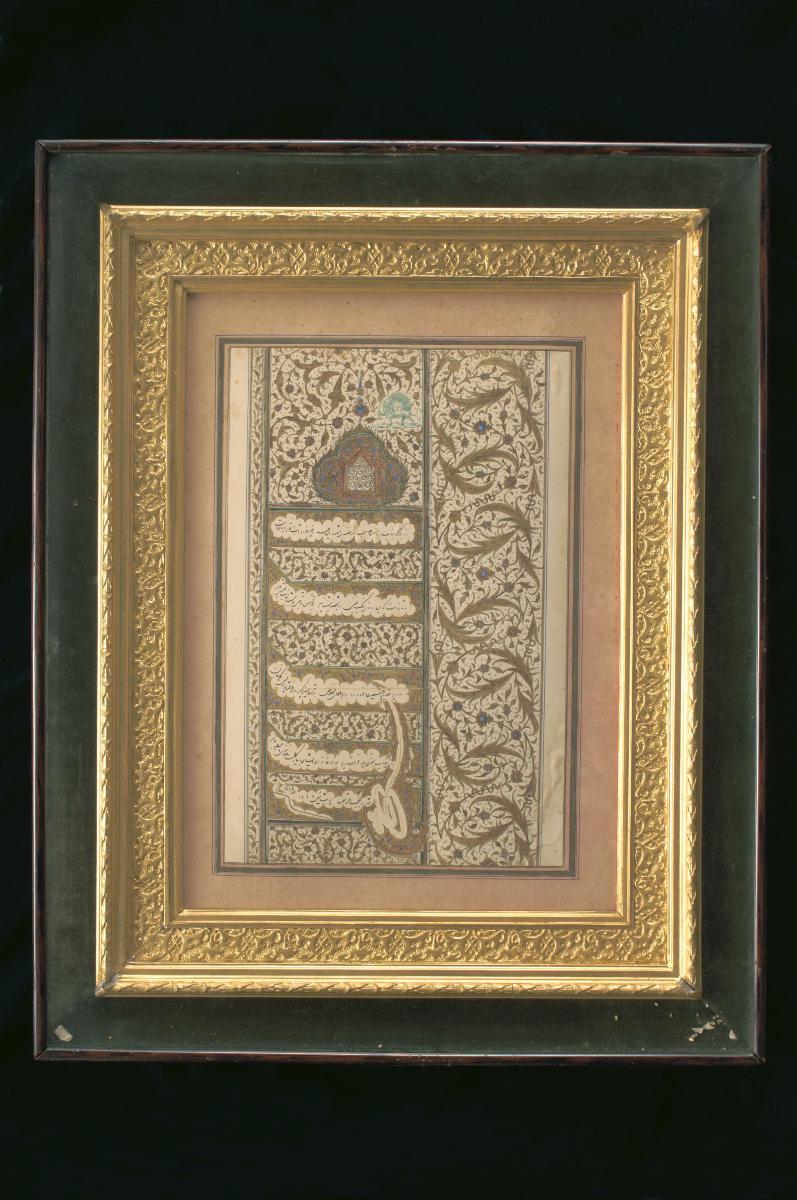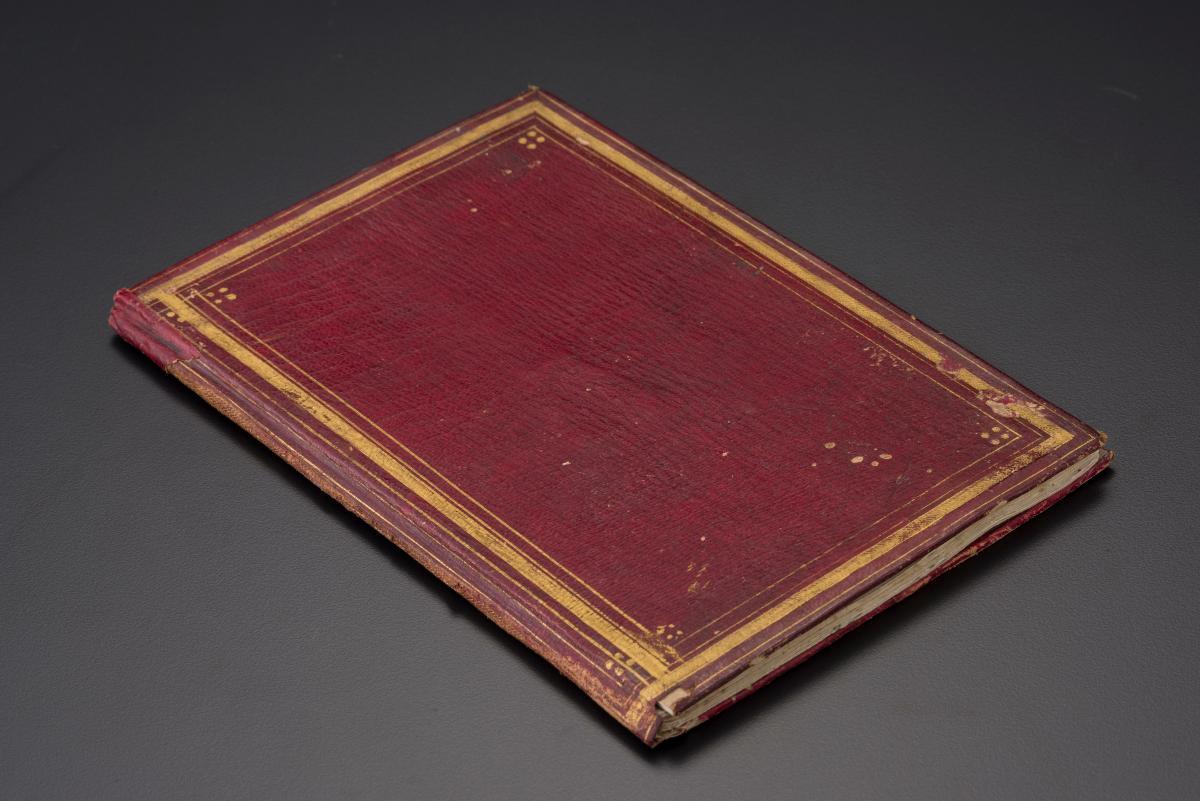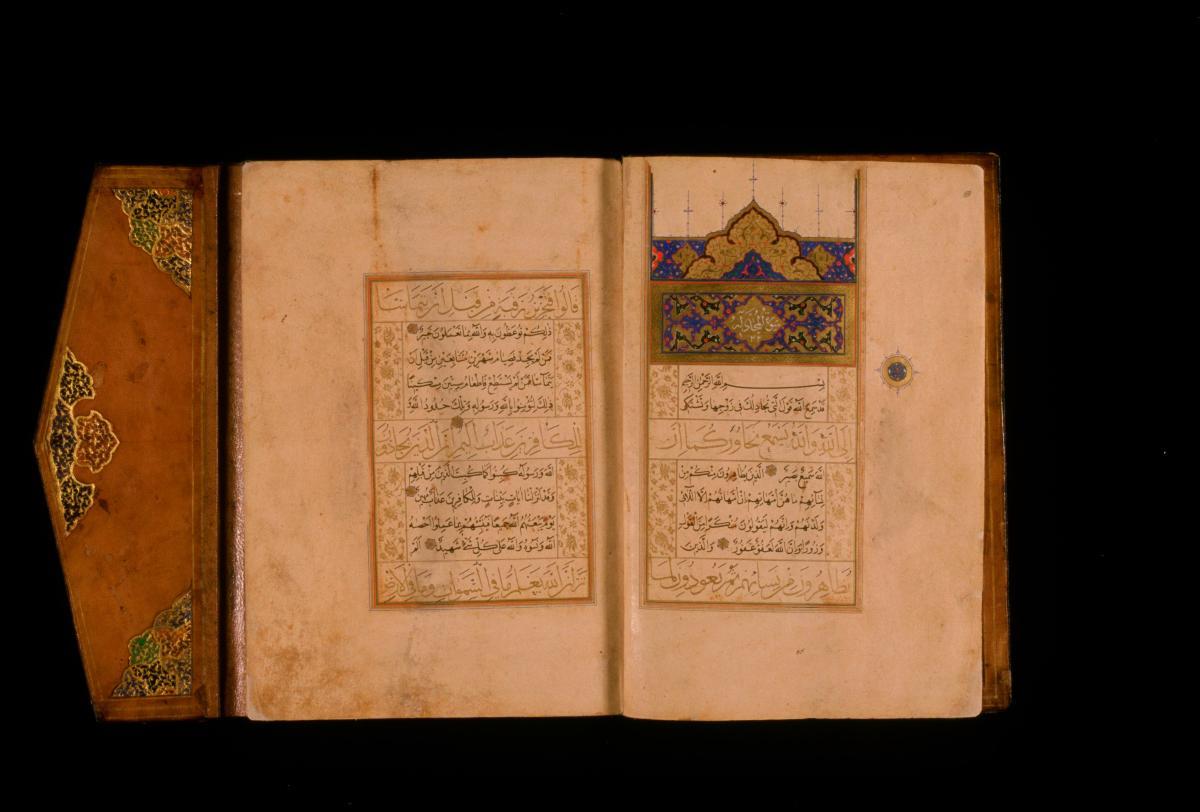This manuscript contains astronomical tables and diagrams with 57 folios and 19 lines of text. 26 folios contain drawings in red. The text is written in naskh (an Islamic cursive script in calligraphy) with additions and corrections in nastaliq (another type of script known for its rounded and sweeping curves).The astronomer Nasir al-Din Tusi (1201-1274 CE) was one of the most famous astrologers who also co-ordinated the building of the observatory in Maragha in Western Iran (1259). Nasir al-Din pointed out the shortcomings of Ptolemy's astronomy and his work foreshadowed the work that could have culminated in the Copernican reforms. Besides astronomy, Nasir-al-Din wrote on mathematics and philosophy.















